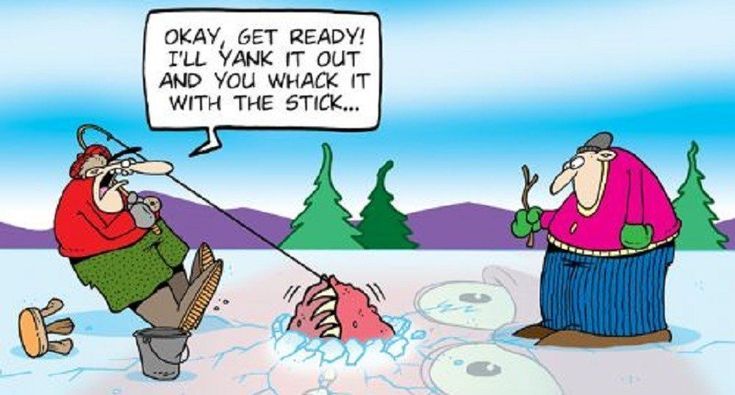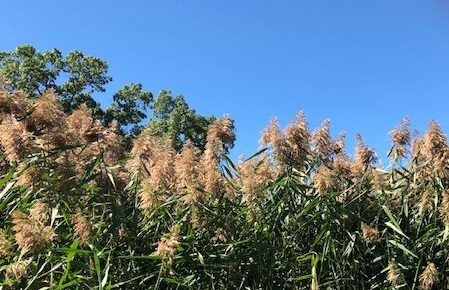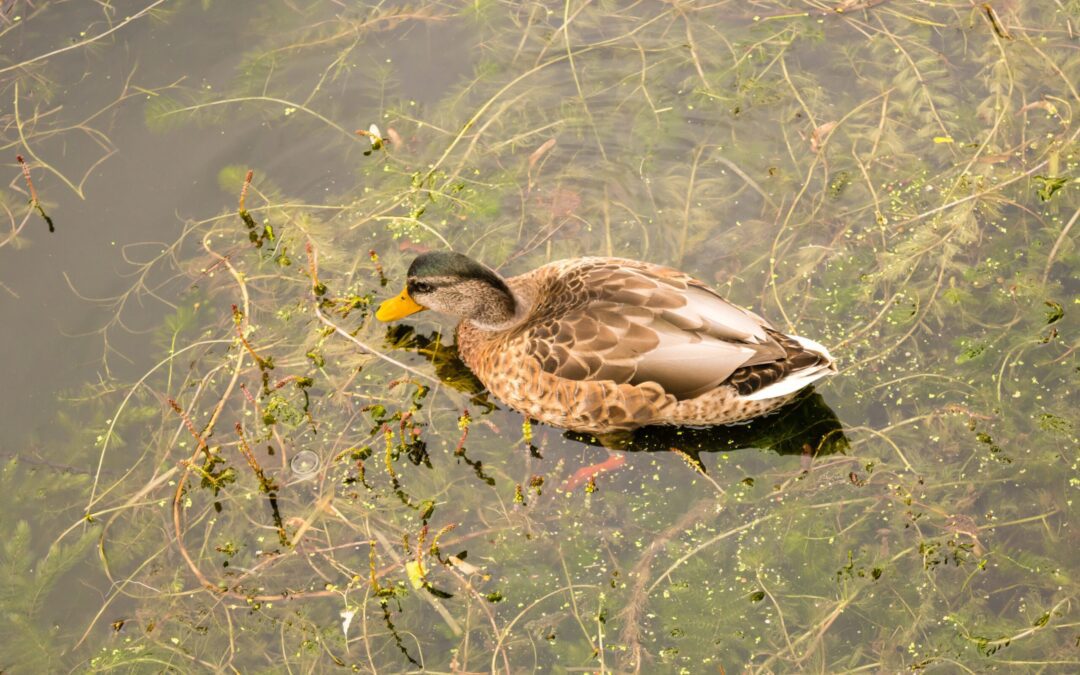
by Debbie Palmer | Feb 15, 2023 | Aquatic Vegetation, General, Lake Info, Water Quality
This has certainly not been a good year for winter enthusiasts or people who need snow and ice to make a living. The lake was only iced over for a short time, and with the recent warm temperatures, is already gone. Our Lakes Are Getting Warmer We can see it with...

by Debbie Palmer | Nov 25, 2022 | Aquatic Vegetation, General, Invasive Species, Lake Info, Water Quality
Dave Keister, Aquatic Weed Control, led a public meeting on Tuesday, November 15th, concerning vegetation in Lake Maxinkuckee. There were six people attending in person and six people who attended via ZOOM. Keister discussed the two invasive aquatic invasive...

by Debbie Palmer | Sep 8, 2022 | Aquatic Vegetation, General, Invasive Species, Watershed
phrag·mi·tes (frăg-mī′tēz) Phragmites australis is an invasive, perennial tall grass most often found in wetlands or surrounding ponds and lakes. You can easily identify them by their tall heights – which can reach fifteen feet, and feathery seed...

by Debbie Palmer | Apr 18, 2022 | Aquatic Vegetation, Lake Info, Water Quality
Last year, Lake Maxinkuckee Environmental Fund (LMEF) paid for a survey of aquatic plants in the lake. The report showed a widespread infestation, encompassing approximately 32 acres, of invasive Eurasian watermilfoil (EWM) at multiple locations. This compares...

by Debbie Palmer | Dec 17, 2021 | Aquatic Vegetation, Featured, General, Lake Info, Water Quality
Winter conditions play a role in what the lake could look like next season According to an email I received from Indiana Climate INformer, we are now experiencing our second winter in a row with active La Niña conditions in the equatorial Pacific. The main wintertime...

by Debbie Palmer | Nov 17, 2021 | Aquatic Vegetation, Featured, Invasive Species
Earlier this month I wrote an article about the aquatic vegetation issue in Lake Maxinkuckee. Aquatic Weed Control completed a survey, which gave us a good idea of what we are dealing with and how to control invasive plants, specifically Eurasian...








Recent Comments